When anybody over the age of 30 hears the name Colombia, many different images come to mind. Guerrillas fighting in the jungle, massive cocaine harvests, Pablo Escobar and his tirades… it seems like Colombia has always been in the US news… and hardly ever for a good reason.

I hope you’ve been reading my posts and realizing, like I am, that Colombia is about so much more. While traveling by bus around the northern and central regions, I have been amazed at the scenery. The dramatic coastlines, mountains and valleys inspire awe at every turn. This got me thinking (and Googling) about the biological diversity of Colombia as well.
In my research, I learned that Colombia is the second-most biodiverse country in the world, behind Brazil, which is so much larger. So, per square kilometer, Colombia is actually the most biodiverse country in the world with an impressive variety of species.
Colombia has more bird, amphibian, butterfly, and frog species than anywhere else in the world. Fourteen percent of these species are endemic, which means they only exist here in Colombia!
10% of Earth’s flora and fauna are found in Colombia.
https://www.colombia.co/en/colombia-country/environment/environment-environment/colombia-second-greatest-biodiversity-in-the-world/
Why, I wondered, is Colombia so diverse?
First, it’s pretty big. Here’s a map to show you the size of Colombia in comparison to the United States.
Next, Colombia is located in the equatorial tropics and its topography has created five different biological regions with a variety of climates and ecosystems: the hot, humid Caribbean and Pacific Coasts, the Andes Mountains, the north-central drier grasslands, and the Amazon Rainforest. These vastly different habitats add to Colombia’s biodiversity.


In my three months of traveling around Colombia, I will have spent most of my time only in the Andes Mountains, which split into three separate ranges. They cut across Colombia from the Ecuadorian border in the Southwest to the Venezuelan border in the Northeast. These ranges, known as the West, Central and East Andes form two long valleys between them; the very narrow Cauca Valley and the wide Magdelena Valley shaped by great rivers with the same names.
So, because of its size, its location on the planet and its very diverse landscapes, Colombia is a rich paradise of biodiversity. Without even knowing any of this, I just recognize that it is so, so green!
Fortunately, as my research concluded, I learned that Colombia is working hard to protect some of its biodiversity and green space. Fifty-nine separate national parks currently preserve over 14% of Colombian landscapes.
One of the most beloved species Colombia is trying to protect is the Wax Palm. I previously mentioned the efforts to preserve this palm in my post about volunteering on the nature reserve La Montaña Mágica-El Poleo. Then, after visiting the Quindio region of the Coffee Zone, I realized there was so much more to learn about their uniqueness.
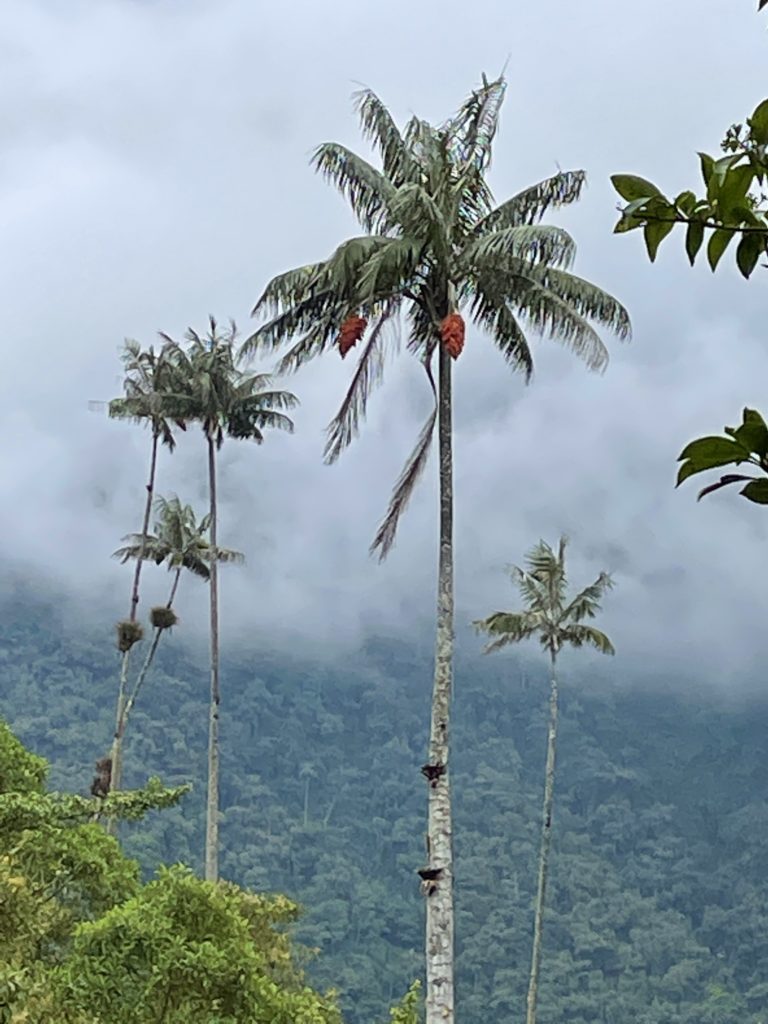

With 289 different types of palms, Colombia has the most number of palm species in the world. The Palma de Cera, or Wax Palm, is the most famous. Averaging 230 feet (70 meters) in height, it is the largest monocot in the world. While it can live for up to 200 years, It takes around 50 years to grow to maturity, and then another 80 years before it can reproduce. This particular species of palm grows in the humid mountain forests of Peru and Colombia. But in 1952, Colombia declared it their national tree, perhaps because of its ability to persist and last through time.
Unfortunately, no plant is immune to human impact, and the wax palm is no different. The thick wax, which covers its trunk, has historically been used to make candles. The tall, straight trunk is a desired for construction, and for water pipes. The fruit is fed to cattle and pigs, and the palm fronds, which when cut can stunt or damage the young and short plants, have been extensively harvested for religious celebrations on Palm Sunday.
By 1985, the Colombian government declared it illegal to cut down or damage this national tree. Since then, a grove of these trees growing in the Valle de Cocora near Salento, in the Department of Quindio, has become a favorite destination for all to see.
So, I had to see them too! The only way to see these Quindio Wax Palms in the Coffee Region is to climb onto a jeep and head out to the Cocora Valley. I happily obliged!




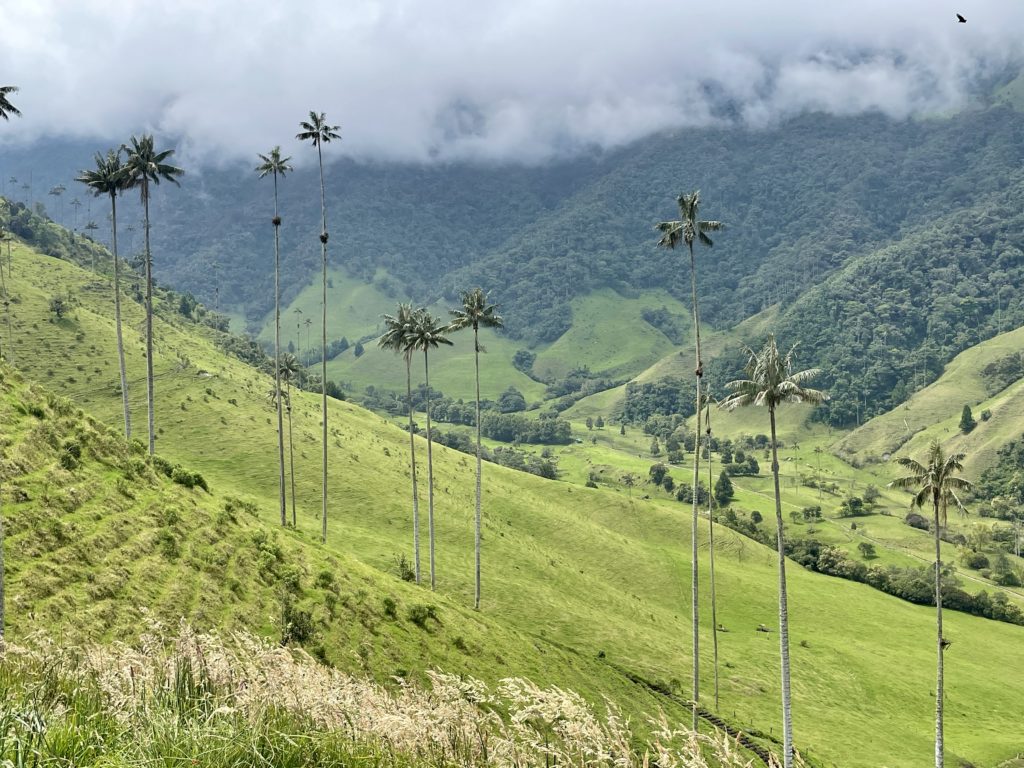









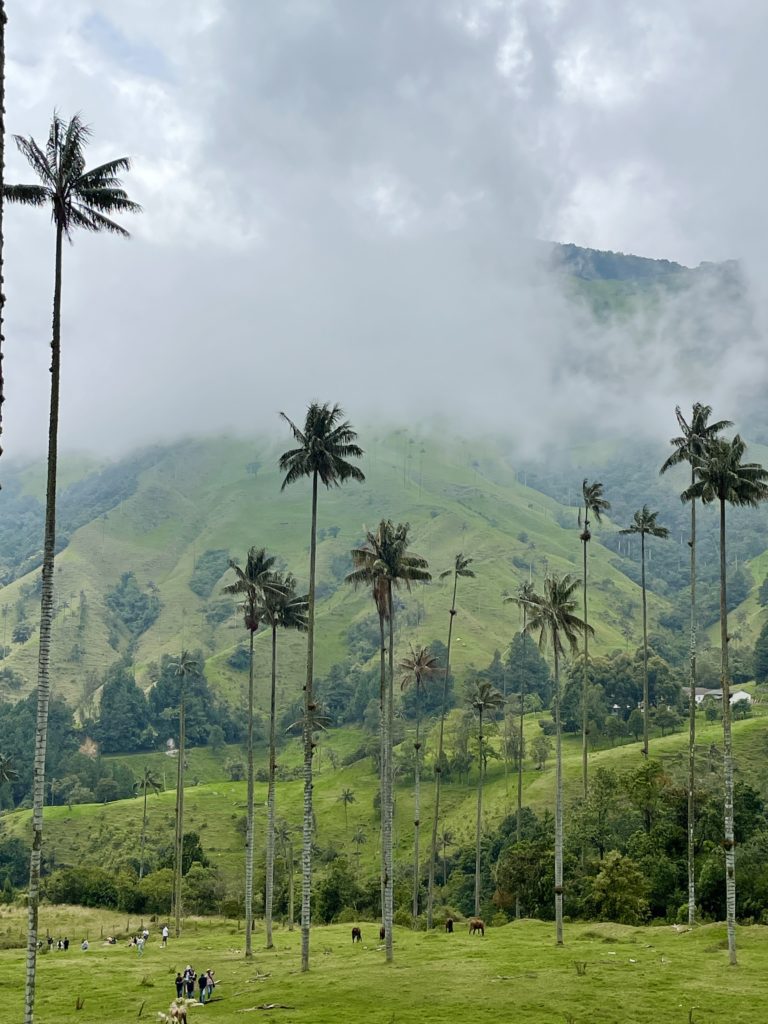

If you saw the recent Disney movie Encanto, you may recognize these scenes. The beautiful movie is truly a love letter to all things Colombian and the animators included the beloved Valle de Cocora into the backdrop of the story. An afternoon wandering the paths around their trunks helped me better appreciate these lovely giants. The valley, and these Palmas de Cera Quindio, are really as magical as Disney makes them out to be.
I’m glad Colombians are working to save this important species and the rich biodiversity throughout their country.



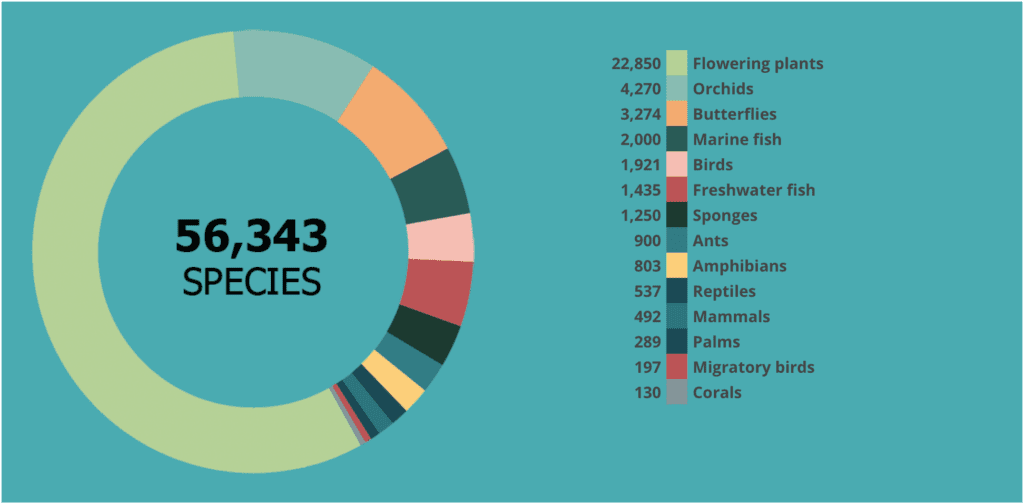
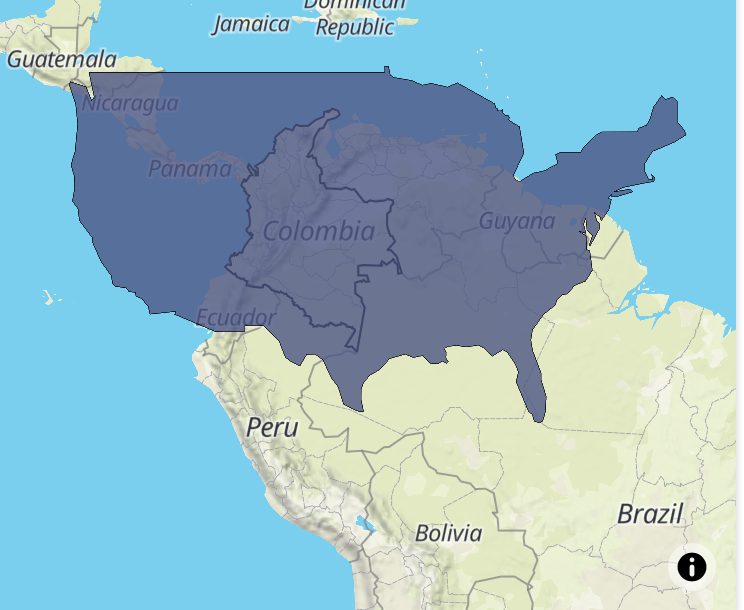

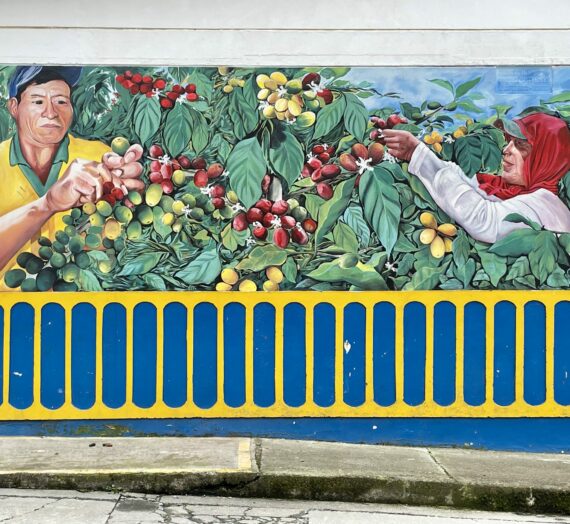
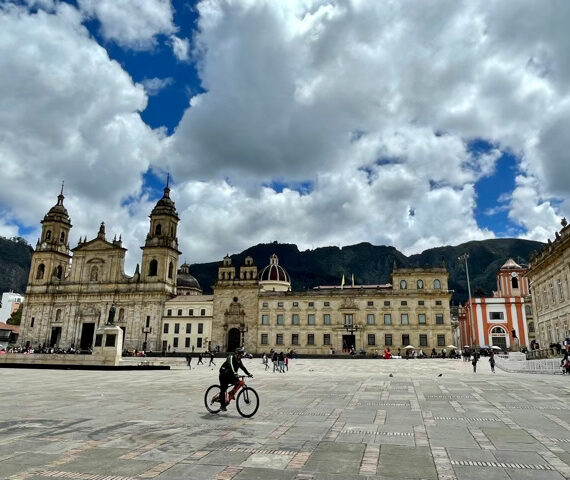
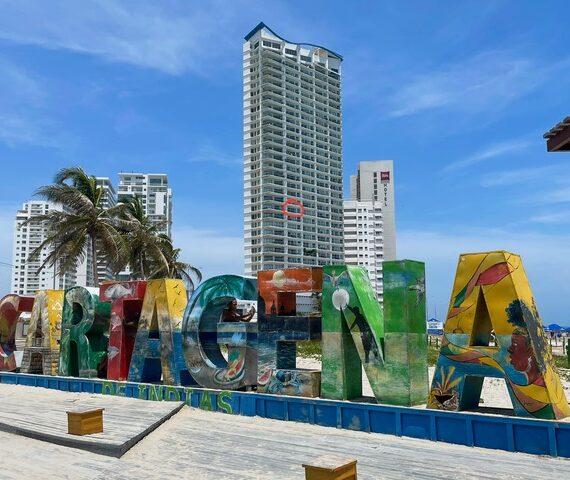
Gayle
Oh the places you’ll go! Thanks for taking us along! Safe travels my friend!